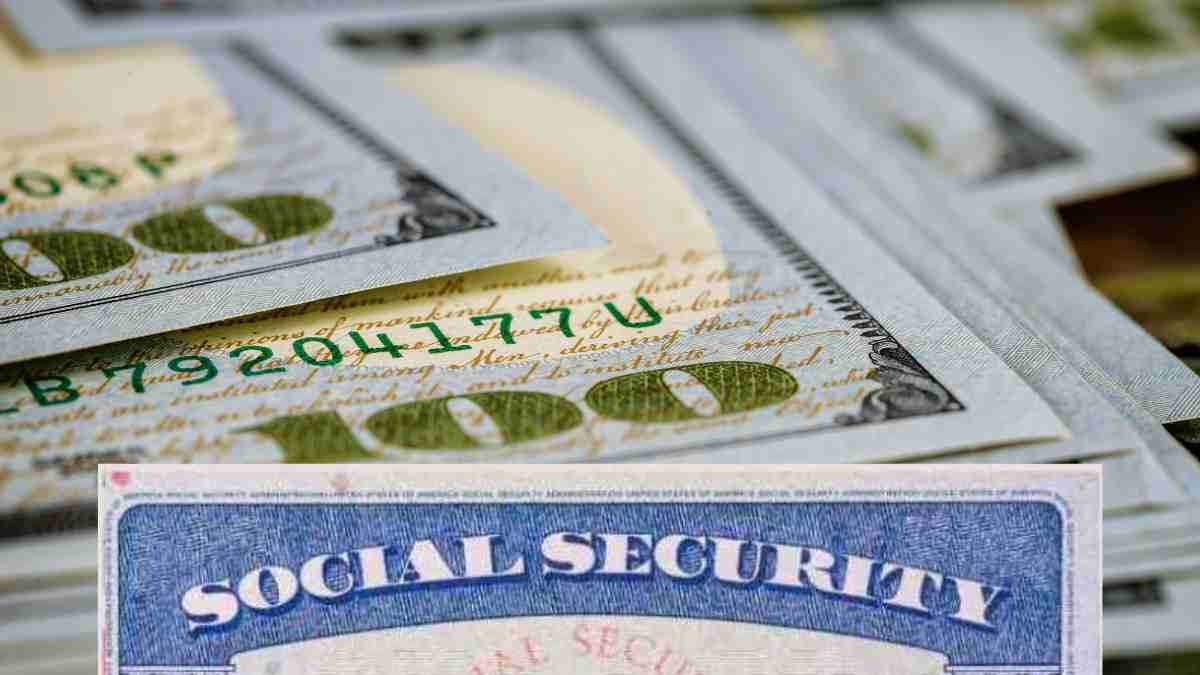Those retirees aged 62 or older who are on Social Security and did not qualify for the October 3 payment, can receive a new direct deposit on one of the three upcoming paydays.
Bear in mind that approval is essential before receiving Social Security. Needless to say, you cannot break SSA rules to continue receiving them. But for the remaining direct payments in October, the Agency will check your birth date.
Social Security Payments in October: Key Dates You Need to Know Based on Your Birthday
The earlier in the month you were born, the sooner you will receive your direct deposit in October. For example, if your birthday is on the 7th, you get your next payment on October 9.
So, October 9 will be your payday if your birth date is from the 1st to the 10th, that is before the 11th. Those born after the 10th but before the 21st will receive money from Social Security on October 16.
The last payment date will be on October 23, 2024. If you were born from the 21st to the 31st, this will be when the Social Security Administration will deliver your payment.
October maximum and average Social Security payments for retirees
The average payment for October will be about $1,920. This is the late figure the Administration unveiled back in September. So, it will be approximately that figure. Average payments do not change much from one month to another.
Social Security retirement benefits will be up to:
- $2,710 if you filed at the age of 62
- $3,822 if you applied for Social Security at Full Retirement Age (66 years and 8 months old)
- $4,873 if you filed for retirement benefits at 70
As you can see, the maximum benefits in October 2024 are much higher than average payments. However, if you are still working there are ways to increase your future monthly payments.
What you should do is delay retirement benefits as much as possible and file when you turn 70. Having a large wage can also boost your benefits. Working for 35 years is essential and having jobs covered by SSA is a must.
How does the Social Security Administration verify my income and eligibility for payment?
The Social Security Administration (SSA) receives reports of earnings for the U.S. working population each year from employers and the Internal Revenue Service (IRS). This earnings information is stored in SSA’s Master Earnings File (MEF).
Key points about the income verification process:
Before posting earnings data to an individual’s record, SSA verifies that the name and Social Security number (SSN) on the W-2 or self-employment income report match information in its records. Approximately 96% of wage items are successfully posted to the MEF after computerized matching routines.
If the name and SSN do not match, the earnings are placed in the Earnings Suspense File (ESF) until they can be correctly assigned with a valid name and SSN. SSA performs additional operations annually to further attempt to match earnings to individuals’ records.
Since 1979, SSA has sent letters to employees whose names and SSNs cannot be matched. Starting in 2000, workers aged 25+ also receive an annual Social Security Statement listing all earnings posted to date, allowing them to identify and correct any discrepancies.
The MEF contains earnings data to check work credits for Social Security benefits and to calculate those benefits. The SSA takes each year’s taxable earnings, adjusts them for wage growth, and then computes the Average Indexed Monthly Earnings (AIME). Finally, it uses AIME in a formula to determine the monthly benefit.
What happens to my Social Security payments if I decide to continue working?
If you work while getting Social Security retirement benefits, your payments might change. This depends on your age and earnings. Here are the main points to consider:
- If you are at full retirement age or older, you can work and earn as much as you want without any reduction in your Social Security benefits.
- If you are younger than full retirement age and earn more than the yearly earnings limit ($22,320 in 2024), your benefits may be reduced. The SSA will deduct $1 from your benefit payments for every $2 you earn above the annual limit.
- In the year you reach full retirement age, the SSA will deduct $1 in benefits for every $3 you earn above a higher limit ($59,520 in 2024). This only applies to earnings before the month you reach your full retirement age.
- If some of your benefits are withheld due to your earnings, your monthly benefit will increase at your full retirement age. This is to account for the months in which benefits were withheld.
- Each year, the SSA reviews your records. If your latest year of earnings is one of your highest years, your benefit will be recalculated, and you will receive any increase retroactively.
- If you stop working before you start receiving benefits and have less than 35 years of earnings, your benefit amount may be affected. Years with no or low earnings can reduce your retirement benefit amount.




